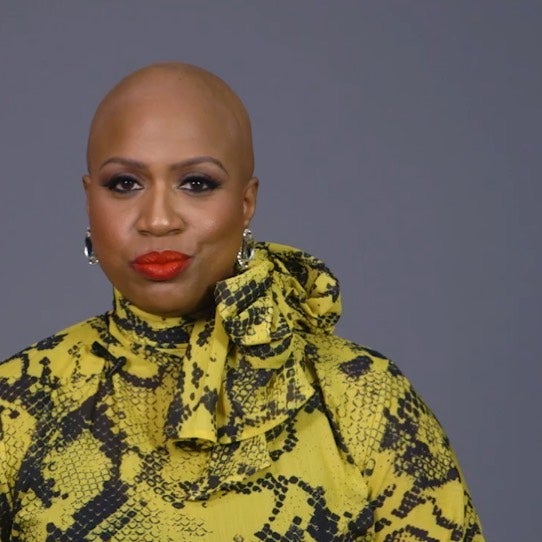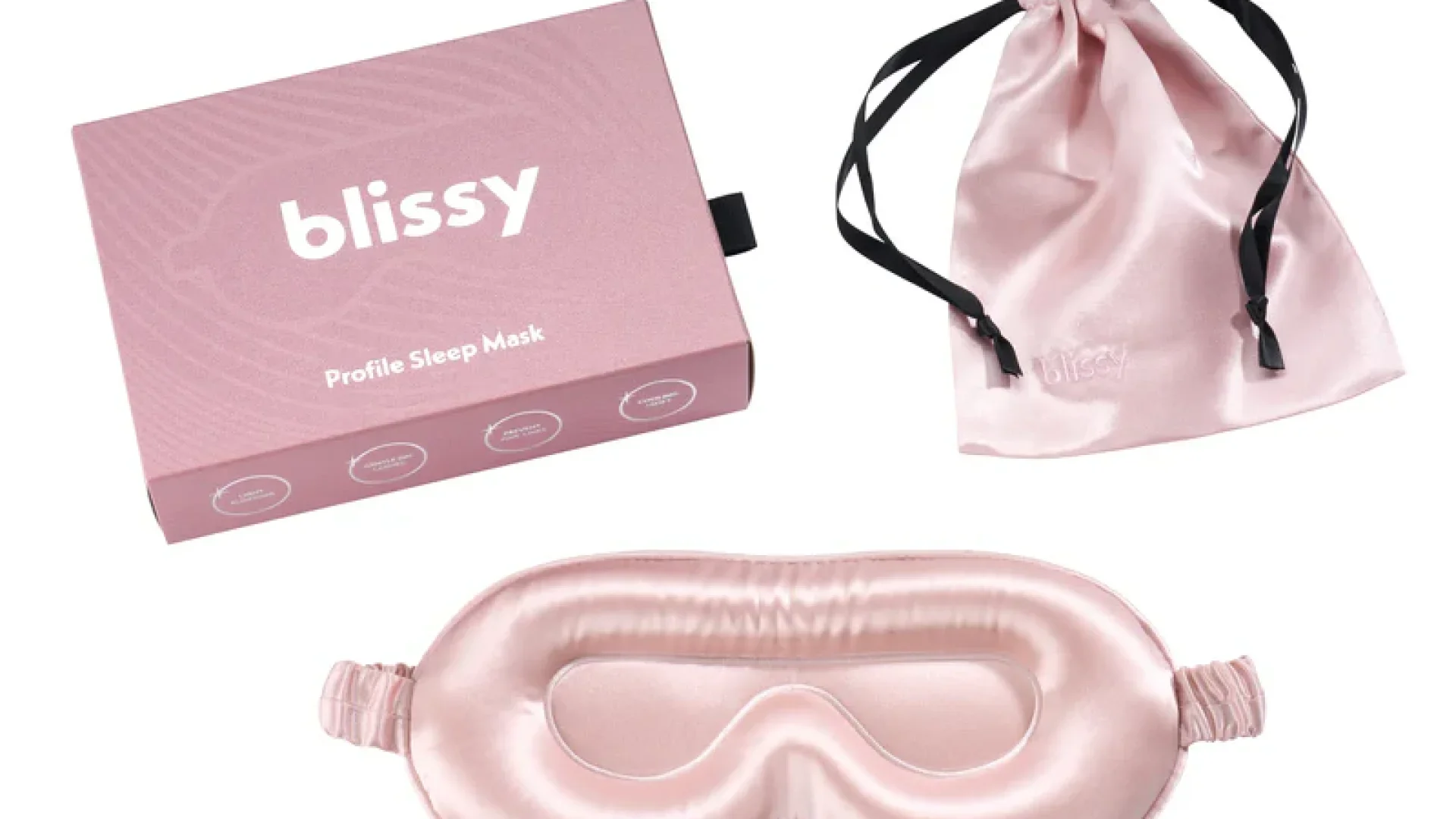
Laid edges (also referred to as baby hair) have been a priority in the Black community for a few decades now. And for 2020 exaggerated baby hair is a big trend we’ve seen on everyone from Alicia Keys and Saweetie to models on the fashion week runways.
For someone suffering from thinning edges, the trend can be triggering. And with all the jokes about “skid row edges” and “amber alerts for lost edges,” a fading hairline can nip at someone’s self confidence.
But women suffer from hair loss for many reasons. When Representative Ayanna Pressley came forward about her alopecia totalis diagnosis, more women felt empowered to be honest about their own hair loss experiences. And after talking with several dermatologists, I’ve come to realize that it’s not as simple as we might have thought.

“There weren’t that many people of color who understood the whole gamut of hairstyles or hair woes of people of color, because there weren’t that many dermatologists of color,” said Dr. Amy McMichael, Professor and Chair of Dermatology at Wake Forest School of Medicine in Winston-Salem, North Carolina.
“And so, in the last 15 years we’ve seen a little bit of an increase in these people coming through medical school and getting interested in dermatology. Now, there is some data, there are papers, there’s a little bit of product development that’s circling around what we have discovered [in hair loss] and people are seeing it. And so, finally it’s coming to fruition.”
Because the dermatology practice lacked doctors of color for so long, there were cultural differences that led to misdiagnoses of traction alopecia. At a recent event hosted by the Skin Of Color Society, Dr. McMichael, along with Dr. Crystal Aguh, Director of the Ethnic Skin Program at Johns Hopkins School of Medicine, and Assistant Professor of Dermatology, broke down various scalp conditions and hair ailments, other than traction alopecia, that could be the reason for hair loss amongst Black women.
Alopecia totalis: One of the biggest myths is that if a Black woman has worn braids, weaves, or lace front wigs at any point, her thin hairline is due to traction alopecia. That is one cause for hair loss for some women. But it isn’t the only type of alopecia that can diminish your edges. Alopecia totalis is believed to be an autoimmune disorder that causes complete hair loss on the scalp. If your edges are falling out you might want to take inventory of other parts of your hair. If you find patches of diminishing hair, that could be the beginning stages of totalis.
Central Centrifugal Cicatricial Alopecia: You might have heard this term referred to as “hot comb alopecia” decades ago when the belief was that Black women suffered from this condition as a result of certain hair practices. As it turns out, the exact cause is unknown. But this condition mostly starts at the center of the crown and works its way out, so it typically won’t take your edges first. It’s also associated with an increased rate of fibroids, which Black women suffer from at alarmingly high rates. If you suspect that you might have this scalp condition the only way to truly know is to get an analysis.

Frontal fibrosing: An alopecia of the frontal and temporal hairline, this type of hair loss can be mistaken for traction alopecia. For Black women it’s often associated with traction alopecia, which worsens the condition but isn’t the cause. While the cause of the disease is still unknown, more family cases have arisen recently, causing doctors to believe that there is a genetic connection. The condition is most common in post-menopausal women but can occur in women of all ages.
Telogen Effluvium: Hair has different phases, which include the growing phase (anagen) and the resting phase (telogen). But things such as stress, physical trauma, extreme weight loss, or thyroid conditions (hypo and hyperthyroidism) can force hair into a resting phase. Healthy hair will grow for a few years, then rest for two to four months, and fall out to be replaced by new hair. For someone suffering from telogen effluvium, hair will fall out at three times the rate as someone without the condition. The hair loss can seem gradual, and the condition is usually temporary. But doctors advise getting a scalp and hair analysis to ensure that it isn’t something more serious.
Trichorrhexis Nodosa: The good news is that this is more hair breakage than hair loss so it can be reversed. The scary news is that it can lead to forms of alopecia if hair isn’t properly cared for. Dr. McMichael and Dr. Aguh recommend washing and deep conditioning hair once a week (yes, Black women, once a week), minimize wearing styles that cause tension on the scalp, and using products that contain glycerin or silicone derivatives for added moisture. Hair breakage and hair weakening can be avoided with proper hair care.
If you’re overwhelmed by all that information, don’t be. More information leads to more solutions. Doctors have already began seeing results with new treatment options such as metformin creams, PRP (plasma-rich platelet) injections, and JAK inhibitors. So if you’re suffering from hair loss you’re not alone and there are options.
Keep reading ESSENCE as I embark on a journey to uncover more truths about hair loss in Black women, and try to find solutions that are accessible and affordable.











